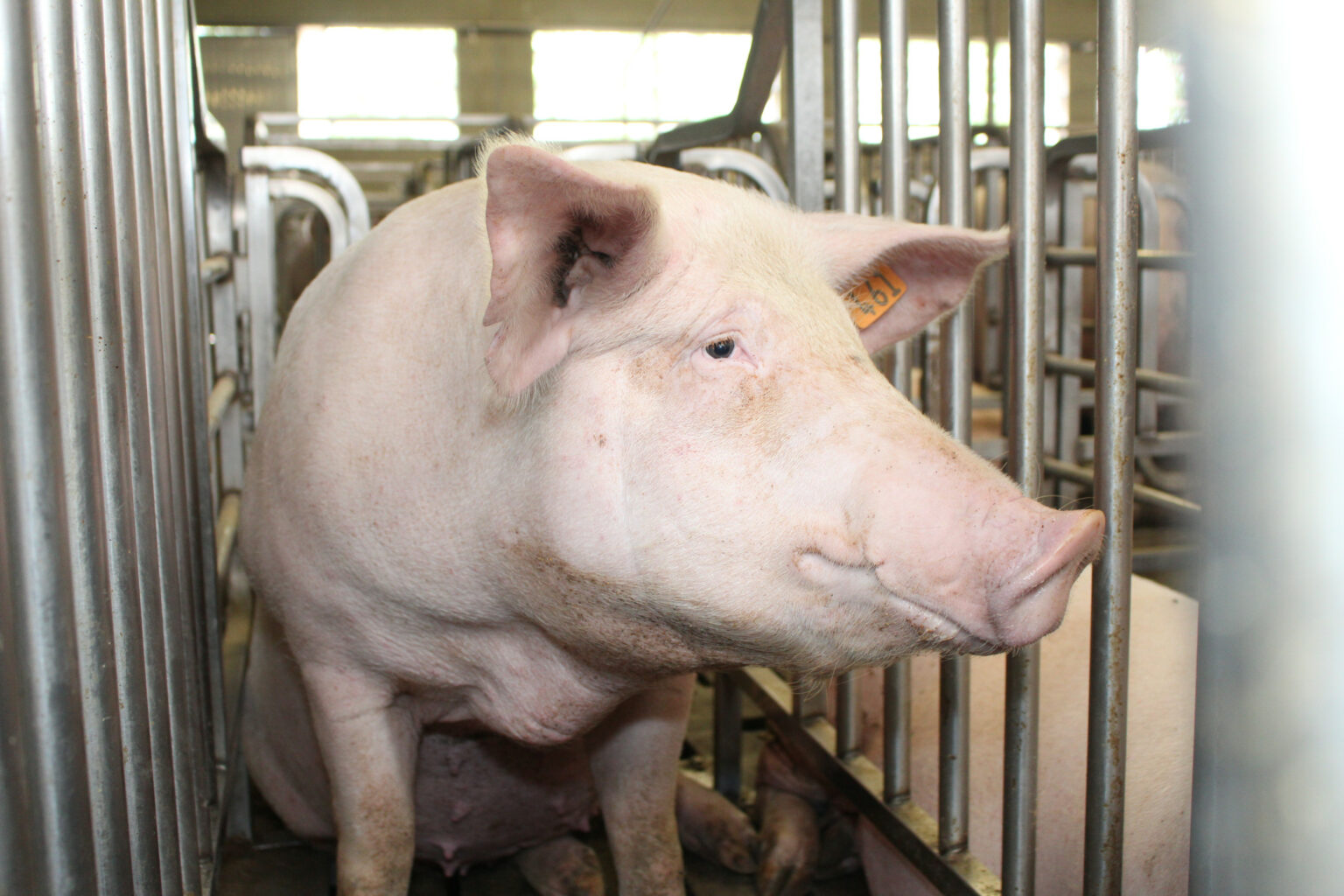Supply Shortage vs. Weak Demand
In June, live pig prices in Spain increased steadily during three of the four weekly market sessions: +€0.010, +€0.013, and +€0.005 per kg, for a total monthly increase of €0.028/kg. The imbalance between supply and demand played a key role. However, the latest session of the country’s leading market, Mercolleida, showed no change in price—a clear sign of market fatigue.
This likely marks the final increase for the summer. Despite high pig prices, pork sales are struggling—buyers are heavily discounting to avoid freezing expensive meat. Loins are particularly hard to sell. Furthermore, the strong euro is undermining export competitiveness in non-EU markets.
Slaughterhouses Caught in a Squeeze
The ongoing heatwave is slowing animal growth, further tightening supply. Slaughterhouses are being forced to reduce activity. With pig prices holding firm or rising and pork prices declining, slaughter margins are being squeezed. The current situation resembles the devastating “Big Bad” period in 2023, when live pigs cost €2.02/kg from April to July and slaughterhouses suffered catastrophic financial results.
Farmers Invest as Processors Bleed
While processors are struggling, pig producers are seeing strong returns, prompting investments in farm expansions and acquisitions. There is a growing bubble in the value of pig production spaces. Opening new farms in Spain is increasingly difficult, making existing farms a scarce and valuable asset.
Despite this optimism on the production side, the overall market remains troubled. Experts do not anticipate any significant relief (such as a drop in pig prices) until the end of August. Until then, slaughterhouses will continue to operate with reduced output and minimal profitability.
Broader EU and Global Context
Germany’s competition authorities recently blocked the sale of three Vion plants to Tönnies, fearing the creation of an oligopoly. Nine months after the planned sale, the outcome remains uncertain.
Meanwhile, EU exports to third countries continue to struggle. In Brazil, live pigs sell for €1.31–€1.34/kg—nearly 50 cents cheaper than in Spain. Canadian prices are even lower at €1.21/kg. In the U.S., although pig numbers are down, domestic demand is solid and prices are climbing, yet still remain lower than in Spain. As a result, Spanish and European pork are losing market share globally, particularly in Asia, where Brazil is expanding rapidly.
Future Outlook
As previously noted, the future of Spanish pork exports likely lies within the EU and nearby third countries rather than Southeast Asia. This assumption seems as inevitable as gravity.
pig333.com



